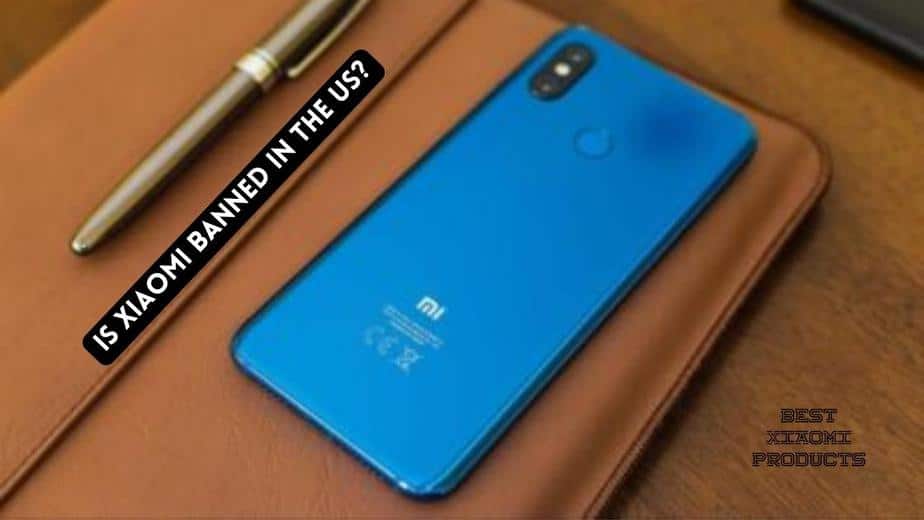In short, no, Xiaomi is not banned in the United States as of 2024.
This may come as a surprise to some, as Xiaomi was previously placed on a US government blacklist in 2020 under the Trump administration.
However, the company successfully challenged this designation in court, and it was officially removed from the list in May 2021.
This article dives deeper into the history of the situation, explaining the events leading to the initial blacklisting, Xiaomi’s legal challenge, and the final resolution that allows the company to operate freely in the US market.

We’ll also address any lingering questions or misconceptions surrounding the ban and clarify the current status of Xiaomi in the US.
Related: Why is Huawei Banned but not Xiaomi?
Is Xiaomi banned in the US?
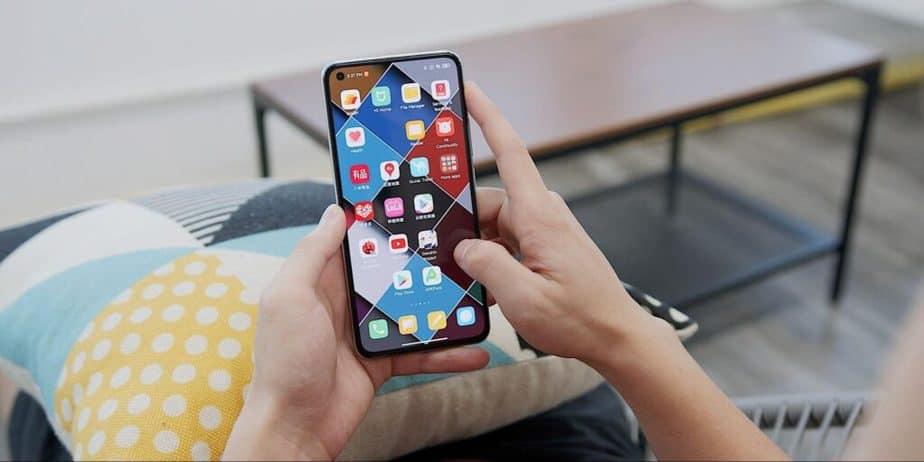
During former US President Trump’s administration, Xiaomi was blacklisted by the US government due to its alleged ties with the Chinese government and military. This ban only prevented individuals and institutions from investing in the company.
Although it was blacklisted, Xiaomi was not banned like Huawei, which was barred from the market itself. This blacklist served to prevent Xiaomi from doing business.
While the Trump administration alleged that Xiaomi was an arm of the Chinese military and could not be trusted or supported by US entities, Xiaomi objected stating that they served businesses and civilians.
After a few months, Xiaomi responded to the blacklist with a lawsuit that essentially resulted in exclusion from the band in March 2021 by the US District Court for the District of Columbia.
As of May 2021, the U.S. government officially rescinded the blacklist and allowed Americans to invest in the company.
However, this situation doesn’t mean that Xiaomi can immediately resume its activities. Especially, since the carrier networks need to be willing to partner with the Chinese company.
While phones might not become mainstream for a while, it doesn’t mean you can’t buy an unlocked phone yourself and reach out to a carrier. Of course, other than phones, Xiaomi’s other smart products are now being sold without any issues.
Why Xiaomi phones in US would be good?

Other than the economic benefit, Xiaomi phones going mainstream would mean that there would be an entirely new price segment of phones that are not only affordable but also high in specs. This would be more competition and aggressive pricing from all sides. Even the big players would reduce their prices.
For example, the latest Xiaomi Mi 11 and Mi 11 Ultra don’t lose out on the latest Samsung Galaxy flagships. Their camera, displays, and quick charging are extremely similar.
Most importantly, Xiaomi phones cost so tiny compared to its competitors. While they may not be able to price as aggressively in the US, Xiaomi’s lower prices can help take over the lower-mid market.
Additionally, the options in terms of performance can help. For example, the majority of the popular flagships are camera or display-focused and don’t offer high specs on the performance side.
However, there are roadblocks for Xiaomi to go mainstream in the country. Especially, since the majority of consumers buy their phones via their wireless carrier. Of course, this isn’t to say that there isn’t a considerable amount of people willing to buy unlocked phones. However, Xiaomi will have to partner up with a US phone carrier to see results.
Do I need to worry about my Xiaomi phone?
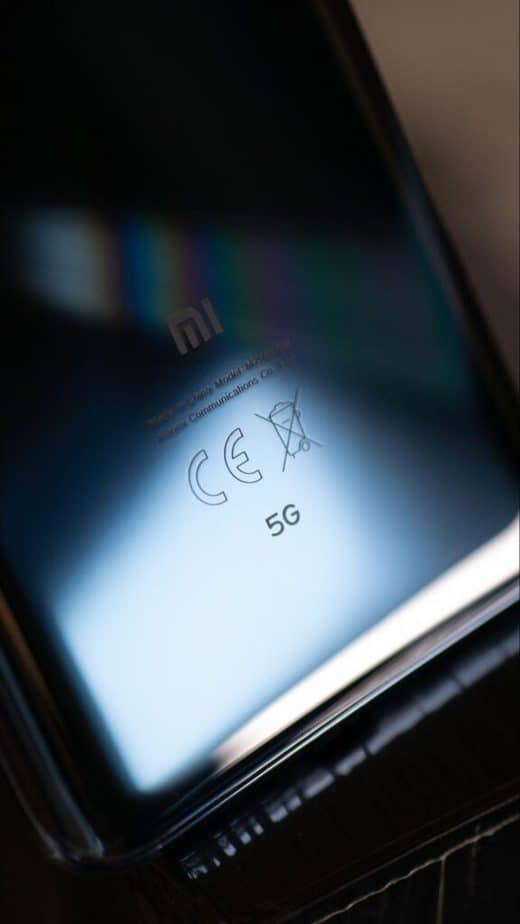
Not really. If the ban was similar to Huawei, then Xiaomi would have been placed on the Entity List, which is a trading blacklist that prevents the company from trading their phones in the market and even conducting business with US-based companies.
If this was the case, then all the Xiaomi phones in the US would have lost access to certain software and even hardware, resulting in a gradual decline. Especially, as this restricts a company’s access to materials produced domestically.
In this hypothetical situation, the service centers wouldn’t be able to replace certain parts on your phone, and worse of all, you wouldn’t be able to access Google services. Yes, including the app store and every single Google service which could be detrimental to any android device. As it would even lose access to future Android updates.
This ban affected the company from a financial/investor standpoint, and users like you don’t have to be worried about your phone.
Which Xiaomi Phones Work In The USA?
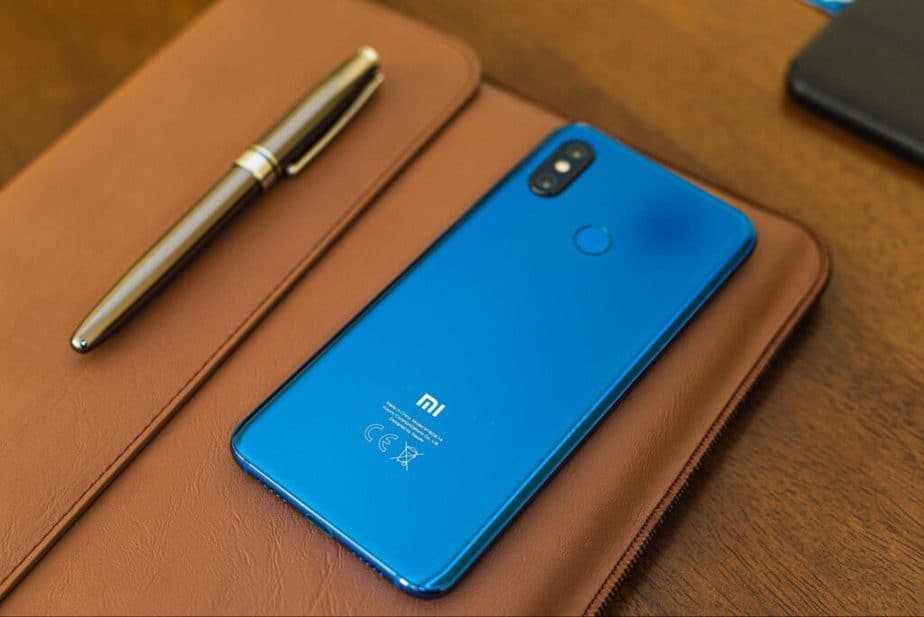
Regardless of the ban, all Xiaomi phones work well in the US. Fortunately, Xiaomi was not slapped with a trade blacklist which would have resulted in hardware and even software issues.
However, there still is a minor issue. While all Xiaomi phones can be turned on and off, and connected to WI-Fi, they can only support a few network carrier bands. So, as you can imagine, the majority of Xiaomi phones have to be unlocked phones that you buy directly from Mi.com or authorized sellers.
Since, you won’t be able to get these phones through your network provider, ensure that you get a warranty on the device as well.
As for the hardware, Xiaomi isn’t the best. However, the quality is good enough to last 4-5 years if maintained properly. Software, on the other hand, is a doozy. We recommend you delete all the bloatware that is pre-installed and constantly update the phone’s firmware.
Fortunately, these are only minor inconveniences, all Xiaomi phones in general work in the US as long as you sort out the network. So, Is Xiaomi banned in the US? Read our entire guide for all the details.
Why Xiaomi doesn’t sell phones in the US?
Xiaomi officially doesn’t sell smartphones in the US. You can buy Xiaomi smartphones in the US but only through Amazon and other e-commerce sites’ resellers. Though Xiaomi is the 3rd largest smartphone brand, it is mindblowing that they haven’t sold a single phone in the US officially.
Xiaomi only sells its ecosystem products like power banks, Air Purifiers, earbuds, projectors, and more. The reason why Xiaomi doesn’t sell its smartphones in the US is that they have very low-profit margins.
Xiaomi only makes around 5% profit from smartphone hardware sales, and this allows them to offer excellent value-for-money smartphones. This strategy has worked for Xiaomi in Asian countries like India and China where the customers want the most value for their money.
In a market like the US, which is dominated by carriers and carrier integration into smartphones, Xiaomi will have increased its investment a lot. This along with what happened to Huawei, I don’t think Xiaomi or any other Chinese smartphone manufacturer will be comfortable investing heavily in the US.
So for now you can buy Xiaomi ecosystem products in the US from Xiaomi themselves, while you won’t be able to buy smartphones. YOu will need to go with resellers if you want to have a Xiaomi phone in the US. Here is a list of the best Xiaomi smartphones in the US and where to buy them.
What’s the Best Carrier For Xiaomi Phones in the USA?
Xiaomi phones were never designed with the US market in mind. So, you might have issues with some carrier networks. This is because Xiaomi phones do not support certain bands that US carriers use. So, you can’t just buy one of these phones and expect it to run on your favorite or pre-existing carrier.
So, while Xiaomi phones do have amazing features and sell at brilliant retail prices, you should consider doing your research before buying one. Fortunately, this issue was never affected by the ban. So, it’s always worked on certain network carriers like AT&T, T-mobile, and Mint Mobile.
Unfortunately, Xiaomi does not support Verizon’s Band 13. So, Verizon wireless pretty much won’t work on any Xiaomi or Xiaomi ecosystem phone. Additionally, these phones won’t be able to run on Verizon’s Xfinity mobile either.
As mentioned above, AT&T is compatible. However, it is not the best option as it only supports two bands. Important note: The more the number of bands the better.
The best compatible networks are T-Mobile and Mint Mobile. Mint offers the best deals. T-Mobile on the other hand, offer amazing data support across 2,4, and 12 bands which ensure that your Xiaomi phone functions optimally.
Why Xiaomi phones in the US would be good thing
Xiaomi phones would give American consumers looking to purchase a high-quality Android phone compelling options. Recent models like the Xiaomi Mi 12 and Mi 12 Pro have won praise for their stunning displays, potent cameras, and quick charging.
In areas where they are sold, Xiaomi phones typically cost less than competing flagships. However, it’s doubtful that the Chinese company would be able to maintain such aggressive pricing if it attempted to enter the U.S. market.
Finding a partner among the top U.S. phone providers would be an even bigger task. Although there is undoubtedly a market for the best unlocked phones in this nation, most consumers choose to purchase their next smartphone from their wireless provider. The growth of phone manufacturers who solely sell unlocked versions is usually limited to niche players.
When I run across Xiaomi reps at trade shows, I often ask them when the company’s phones would be available in the United States. In general, the response is consistent with the one I received at CES more than four years ago, which stated that the firm was awaiting “the appropriate moment and the right product.”
The deal with the American government undoubtedly won’t immediately alter that. The likelihood of a Xiaomi release in this nation is now slightly higher than it was previously.
Is Xiaomi banned in the US – Final Thoughts
Although the ban has been lifted in the US, it still is a long road for Xiaomi to go mainstream in the country. Their biggest challenge is to partner with a carrier network. However, the other smart products haven’t run into any issues as of yet. However, it still is one step in a better direction for the consumer electronics giant.
Best Xiaomi Phones in the USA
| Best Xiaomi Phones in the USA | Best for | Check it out on |
| Xiaomi 12S Ultra | Everything | Check it out on Amazon |
| Xiaomi 11T Pro | High-End users | Check it out on Amazon |
| Xiaomi Redmi Note 11 | Budget users | Check it out on Amazon |
| Xiaomi 11T | Midrange buyers | Check it out on Amazon |
| Xiaomi Redmi Note 11 Pro 5G | Budget buyers | Check it out on Amazon |
| Xiaomi Mi 11 Ultra | Power Users | Check it out on Amazon |
| Xiaomi Mi 11 Lite NE 5G | Budget buyers | Check it out on Amazon |
| Xiaomi Poco F3 | Gamers | Check it out on Amazon |
Xiaomi 12S Ultra
The Ultimate Xiaomi phone for 2023 is the Xiaomi 12S Ultra. The Xiaomi 12S Ultra can go head to head with the likes of the Samsung S22 Ultra and iPhone 13 Pro Max. The phone features all the best specs and features that make it an attractive option for anyone who wants the best of the best.
The Xiaomi 12S Ultra is easily the best Xiaomi phone thanks to its 120Hz AMOLED screen, Snapdragon 8+ Gen 1, and a 1-inch Leica sensor. These are currently the best specs you can get on a smartphone, and they translate well into real-world performance as well.
Specifications
| Model | Xiaomi 12S Ultra |
| Display | 6.73 inches 1440 x 3200 pixels 120 Hz |
| Processor | Qualcomm Snapdragon 8+ Gen 1 |
| RAM | 8/12 GB |
| Internal storage | 128/256/512 GB |
| Camera | 50 MP Wide 48 MP Ultrawide48 MP Periscope Telephoto32 MP Front Camera |
| Battery | 4,860 mAh |
| Operating system | MIUI 13 over Android 12 |
| Connectivity | Wi-Fi/Bluetooth v5.2/GPS/Infrared/USB Type-C/5G |
| Sensors | Fingerprint/Compass/Magnetometer/Virtual Proximity sensor/Accelerometer/Gyroscope |
Xiaomi Redmi Note 11
Xiaomi launched the latest generation of the beloved Redmi Note series recently. And as usual, the series has proved to be popular for offering excellent value for money. The Xiaomi Redmi Note 11 might offers a good package for its price as well.
The new Redmi Note 11 offers a performance, camera, and battery upgrade over its predecessor. Along with the design overhaul, the new Redmi Note 11 seems to be an exciting addition to the lineup.
Xiaomi Redmi Note 11 Specifications
| Model | Xiaomi Redmi Note 11 |
| Display | 6.43 inches 1080 x 2400 pixels 90 Hz |
| Processor | Qualcomm Snapdragon 680 |
| RAM | 4/6 GB |
| Internal storage | 64/128 GB |
| Camera | 50 MP Wide 48 MP Ultrawide48 MP Periscope Telephoto32 MP Front Camera |
| Battery | 4,860 mAh |
| Operating system | MIUI 13 over Android 12 |
| Connectivity | Wi-Fi/Bluetooth v5.2/GPS/Infrared/USB Type-C/5G |
| Sensors | Fingerprint/Compass/Magnetometer/Virtual Proximity sensor/Accelerometer/Gyroscope |
Xiaomi 11T Pro

The Xiaomi 11T is the best Xiaomi phone you can buy in the US right now without having to worry about importing and other problems. The phone has a beautiful AMOLED screen and competent cameras for the price.
The phone is powered by Snapdragon 888, which is still a ridiculously fast CPU. The 11T Pro supports 5G along with all the bands (14 bands) you will need. This is easily one of the best Xiaomi phones you can buy in the US right now.
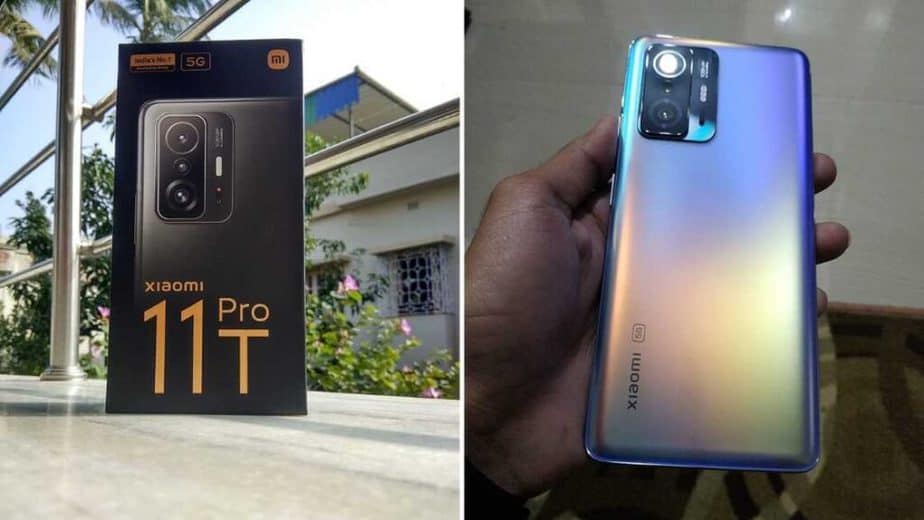
| Model | Xiaomi 11T Pro |
| Display | 6.67 inches 1080 x 2400 pixels 120 Hz |
| Processor RAM Internal storage | Qualcomm Snapdragon 888 8/12 GB 128/256 GB |
| Cameras | 108 MP Wide 8 MP Ultrawide 5 MP Macro 16 MP Wide Front Camera |
| Battery | 4,500 mAh |
| Operating system | MIUI 13 over Android 12 |
| Connectivity | Wi-Fi/Bluetooth v5.1/GPS/Infrared/USB Type-C/5G |
| Sensors | Fingerprint/Compass/Magnetometer/Proximity sensor/Accelerometer/Ambient light sensor/Gyroscope |
Is Xiaomi banned in the US – FAQs
Can Xiaomi be used in the US?
Yes, Xiaomi phones and products can be used in the US. However, Xiaomi doesn’t officially sell any phones in the US, because of carrier restrictions and low-profit margins. You can still purchase Xiaomi phones from resellers on Amazon, eBay, Newegg, etc, or you can import from other countries. But keep in mind that, the Xiaomi phone will only work on AT&T, T-Mobile, and their sub-networks like Mint.
Will Xiaomi phones work on AT&T?
Yes, Xiaomi phones will work on AT&T as they support bands 2 and 3. So, if you are an AT&T user, then you can safely buy any recent Xiaomi phone without having to change carriers. Check our full guide to know about Do Xiaomi Phones work in the USA.
Can Redmi phones work in the USA?
Yes, Redmi Phone will work in the USA. Redmi is a sub-brand of Xiaomi and they use the same bands that are included in Xiaomi phones. Since, Xiaomi devices can work with carriers like AT&T, T-Mobile, and Mint, Redmi devices will also work with them. Learn more about Do Xiaomi Phones work in the USA in this guide.
Are Xiaomi phones region locked?
No, Xiaomi doesn’t lock their phones by region, but it doesn’t officially sell devices in countries like the USA. This is due to carrier restrictions and low-profit margins. But if you really want a Xiaomi phone, you can import it or buy them from resellers on Amazon, eBay, Newegg, etc.
Can You Run Xiaomi Phone on Verizon
Nope, this is not possible since Verizon uses Band 13 for its network and Xiaomi doesn’t support this band in its phones. Xiaomi phones won’t work on Xfinity either which is powered by Verizon.
AT&T and T-Mobile support 2 and 3 bands that Xiaomi phones use, so if you are interested in buying a Xiaomi phone in the US, you will have to choose T-Mobile or AT&T as your carriers.
Which Xiaomi Phones Work In The USA
All Xiaomi phones should work in the USA but not all Xiaomi phones will support US carriers. So, you can use Xiaomi phones with Wi-Fi and selected carriers in the USA.
Carriers like Mint, T-Mobile, and AT&T work with all Xiaomi phones as they both support 4 out of the 6 bands used in Xiaomi phones. On the other hand, carriers like Verizon, Sprint, and Boost don’t support Xiaomi phones.
So, if you are in the US and want to buy a Xiaomi phone, then you need to get Mint or T-Mobile as your carrier. This applies to phones that you are interested in importing to the US as well. They will work as long as you use them with a supported carrier.
Is Xiaomi banned by Google?
Not exactly. Google services are banned in China. So, as you can imagine, all the phones in China don’t allow users to access Google or its services. This, of course, includes Xiaomi phones and all phones from Xiaomi sub-brands. So, if you get your hands on a phone from Mainland China, even if it is rooted, you won’t be able to use the search engine giant.
However, if you buy one of Xiaomi’s global version smartphones, then the Android phone will offer all of Google’s services, including the official updates. The global version is pretty much sold in all countries other than China.
While Xiaomi has had its issues in the US, they, fortunately, have resumed its activities and are still using Google services.
Is Xiaomi better than Apple?
Yes, Xiaomi is better than Apple. Be it performance or battery life, Xiaomi is hands down the best. For example, not only does the Xiaomi processor efficiently manage the battery life but the device offers a Qi charging (super-fast charging) option which can have your device fully charged in less than an hour, unlike the iPhone.
Additionally, Xiaomi’s display is catching up to Apple. So, if you consider all of these factors, in addition to Xiaomi’s cheap price, then Chinese smartphones offer more value for the money.
This, of course, isn’t to say that Apple doesn’t have its pros. Especially, in the camera and UI/UX departments.
Also Read:
Say Yes to Xiaomi! I am one of the BIG FAN to Xiaomi Products. I can’t resist the things they created or partner within their ecosystem. So my advice to you is “JUST BUY LAH”!
Table of Contents
